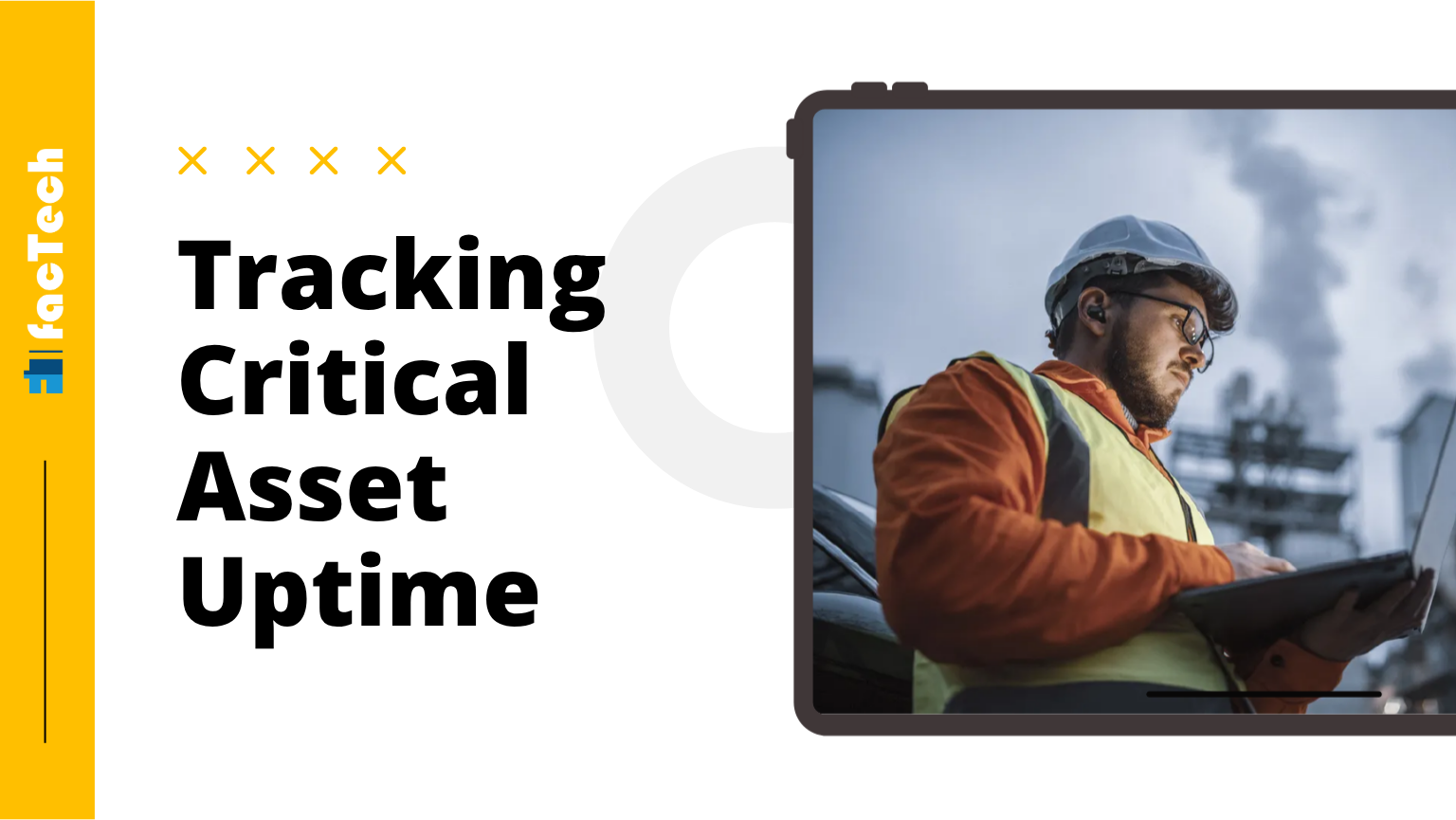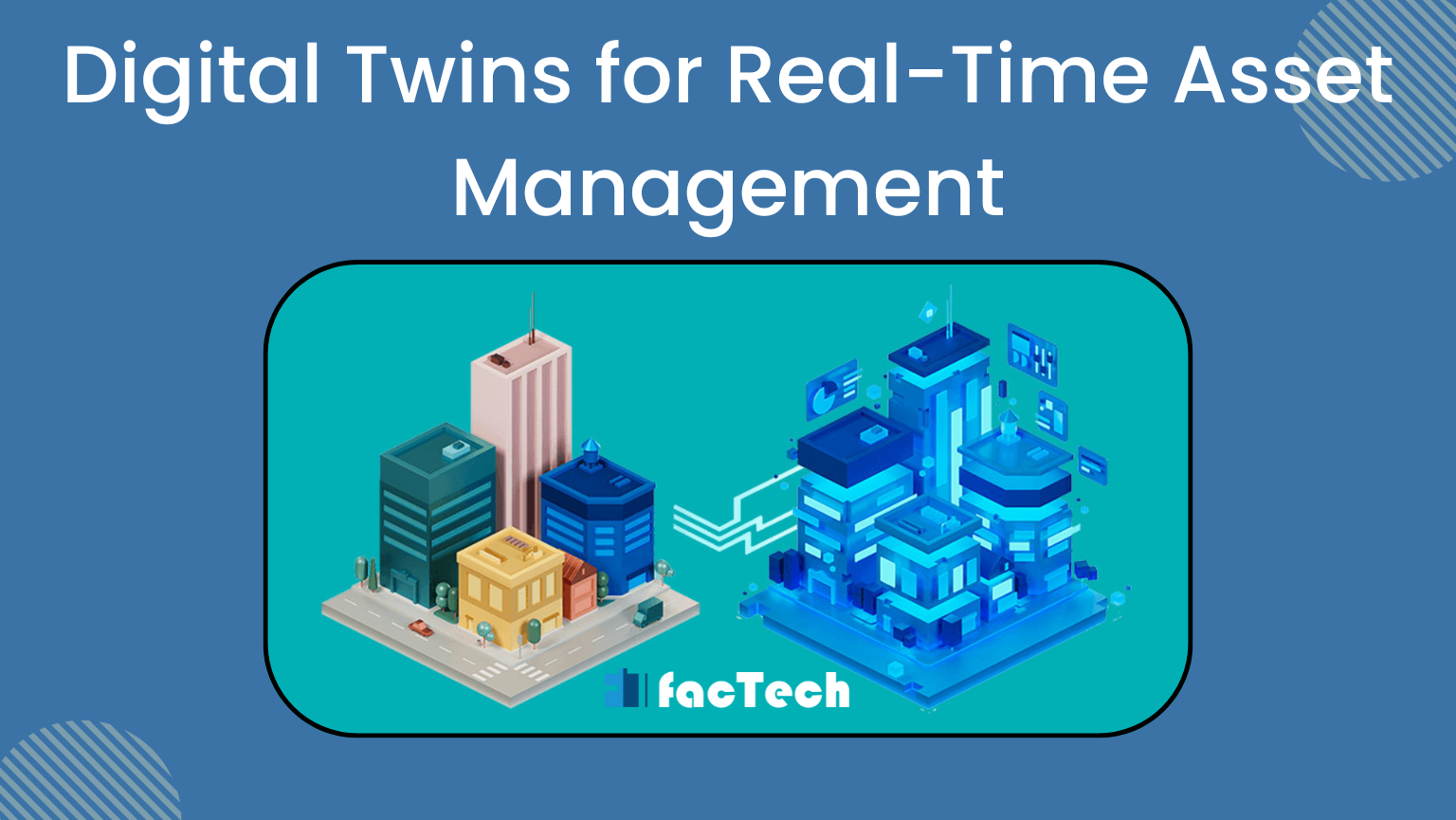What are Key Performance Indicators (KPI) in Facility Management?
Facilities Management KPI
Key Performance Indicators (KPI) in Facility Management
The last two decades have seen large-scale automation or digitization of all the operational heads like finance, purchase, HR, etc. The facility is no different. One by one most of the processes are shifting to online systems.
Visitor entries, vehicle management, lease and utility billing, asset management, planned preventive management are some processes that are seeing large-scale digitization.
The good thing is that, though with time, end-users and facility managers have accustomed and at some places are using technology to a real good advantage.
But what next?

Are we ready for the next level? Lots of buzz is around artificial intelligence, data science, machine learning and predictive analytics. While running the systems, lots of data is gathered. Can extracting the insightful information from this data be useful or help the management take informed and strategic decisions.
“Yes, of course”, “why not”, “definitely” such words come out instantly.
But the question is how to do it. Since facility comes at very later stages for the management to give deeper thoughts, still we must look forward to it as facility is a kind of spine of an institution if not the brain or heart or whatever.
KPI List for Facility Management
First of all we can apply similar methods as we apply in sales or other operations. It starts with forming KPI’s (Key Performance Indicators).
Now, what could be the KPI’s:
- Number of complaints per month
- Percentage of complaints resolved in time ( TAT)
- Number of asset breakdowns categorised by make and type.
- Wrong bills per month
- Items usually go out of stock in spare inventory
- Number of complaints resolved by each technician in a definite time period
- YoY trends and comparisons
- Approved vs Actual Attendance
- Budget vs Expense Analysis
- Asset Maintenance or CAFM/ CMMS Related KPIs:
- DG efficiency analytics
- Mean Time Between Failure ( MTBF) and Mean Time to Repair ( MTTR)
- PMC = (No. of Executed Tasks ( Work Order)/ No. of Planned Tasks)*100
- SMCP (Scheduled Maintenance Critical Percent) = [(No. of Days Late + PMP Length)/PMP Length ] * 100
- PMP ( Preventive Maintenance Percentage) = (Total Time Spent on Preventive Maintenance / Total Time Spent of Preventive + Reactive Maintenance)*100
- Skipped Planned Work Order = Issued Work Order but not Assigned + Work Order not taken for a period as per Frequency.
And lots many.
Benefits of KPIs in Facility Management

So what exactly do we achieve by these KPI’s? We can establish some facts, then determine current status of resources and finally plan for the short term and long term. Further we can reach a level where we can make our decision from diagnostic or planned to predictive methods.
Scenarios for Facility Management KPI importance
Consider the following real-life scenarios:
- Pull out the statistical data of asset breakdowns, make-wise in a particular category. Let’s think of HVAC units from brands like Carrier, Hitachi, and Samsung. And your system gives you analytical data showing which brand suffered what number of breakdowns in the last two years with ranking. Now you are coming up with a new property and have to decide on which brand to be installed there or you have to do some replacements in an existing one. Then with this analytical report, you are in a better position to decide on whether to go for Samsung, Carrier, or Hitachi by seeing which performed with the least number of breakdowns.
- Another example, it is a curious case of finding out who are the most efficient technicians in a facility team. Suppose your system does all the data mining and comes up with a report mentioning the top-performing employees in a particular category from the historical data of the last year. You see the real figures and know who has closed the most number of complaints in less time. How easy and transparent it becomes for the organization to be able to recognize the performing employees backed by the strong factual data.

Numerous such real-life problems can be solved by putting in the predictions, actions, and forecasts deploying concepts like trend analysis, advanced data visualization through drill-down dashboards, automatic pattern detection, feature extraction and quantified cause and effect techniques.
Though it may seem a bit ahead of time but who knew company line Google could exploit the data in such a smart way to make the lives of people simple through easy and practical solutions.
Thoughts about Facility Management KPIs
A similar revolution is definitely possible in the facility management field and why can’t we be the first movers? Please share your comments.
The Factech team has been helping real estate clients in Simplifying the Facility Operations.
Contact us for a free demo of how our expertise can help you achieve your business goals.











